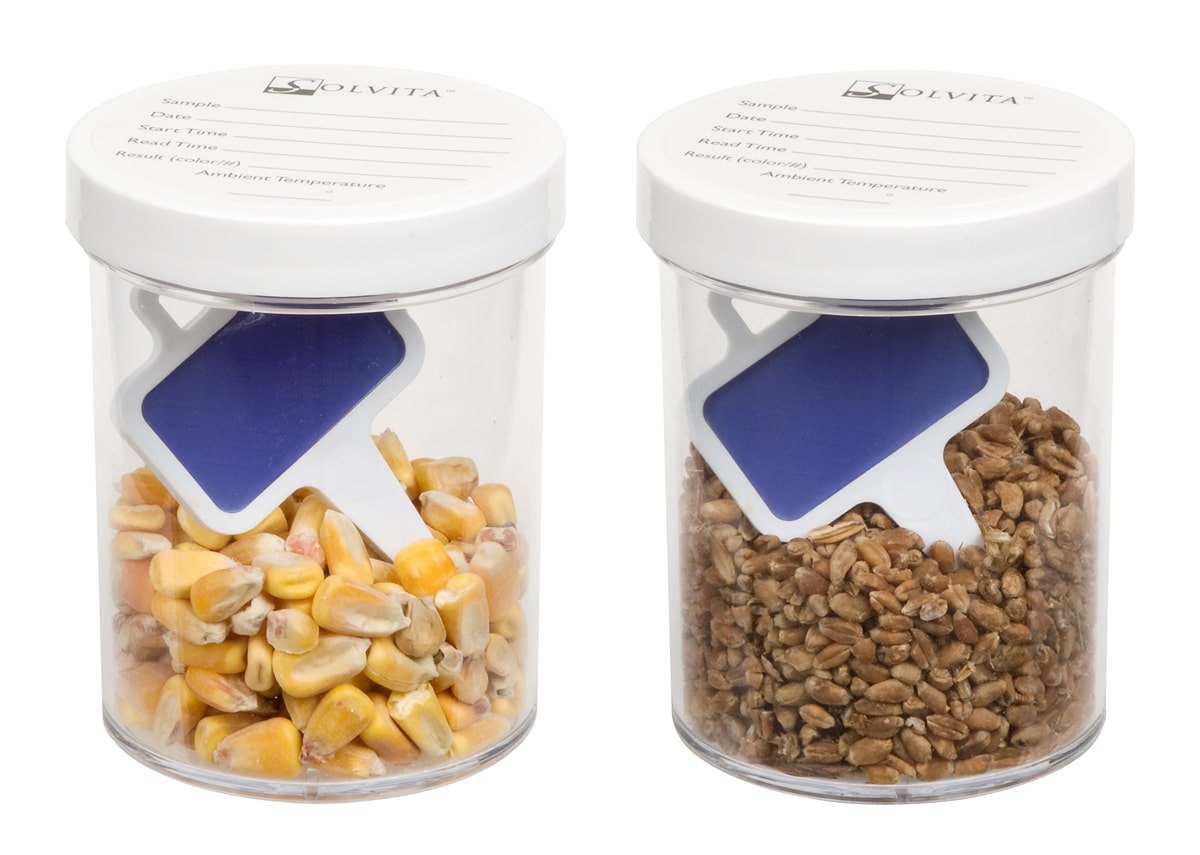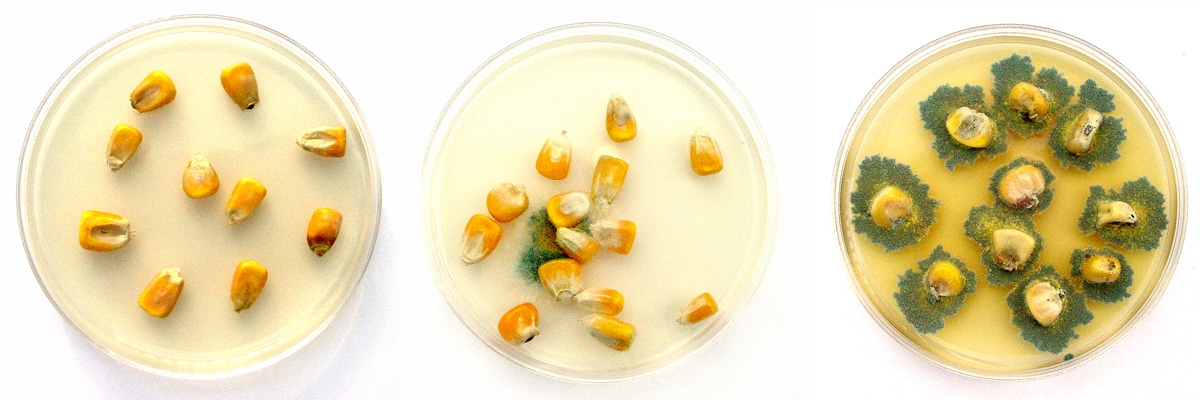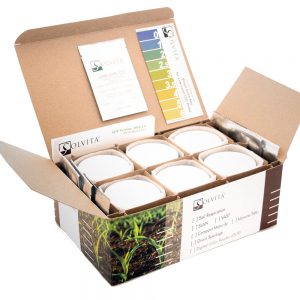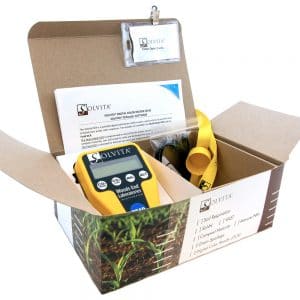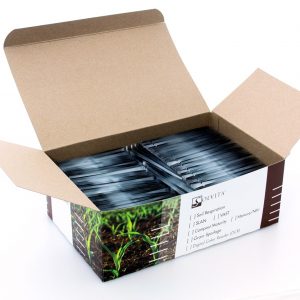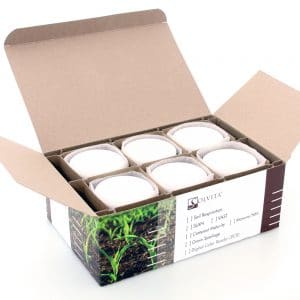Advances in Grain Respiration Detection
A Grain Fungal Spoilage Test
Measure Grain Spoilage Before You See The Mold.
The incredible conundrum of grain production is that even while you can’t see it, micro-organisms are at work spoiling your hard-earned efforts, creating grain spoilage and loss that’s hard to recoup. The Solvita® Fungal Spoilage Test for grain gives you the tools to change all that, by detecting mold even before it’s visible – it’s like an early warning signal for fungal activity. This revolutionary grain spoilage test measures grain respiration, a unique measurement that helps predict spoilage before it happens.
Grain storage studies have shown that testing grain respiration – the release of carbon dioxide (CO2 from incubated grain) – can accurately predict the remaining grain storage life and the grain’s susceptibility to spoilage. Solvita® combines these findings with modern technology in a reliable, simple-to-use process that you can perform quickly and economically. It can monitor and alert you to unusually high fungal spoilage.
Use the Solvita® Grain Respiration Test to:
- Reduce the likelihood of harmful spoilage of grain
- Predict the storage life remaining at current conditions
- Detect spoilage
- Measure the extent of spoilage
- Identify where spoilage occurs so grain can be quickly used
- Evaluate the quality of on-farm grain storage
- Test with no extra lab equipment required
- Provide information to develop an effective grain management strategy
- Measure fungal levels in the field
- Check grain at harvest
- Test stored grain for signs of spoilage
- Determine grain suitability for export – test loaded rail cars or barges
Publications Demonstrating Solvita® Grain Storage Test
Institution |
Study Period |
Outcome |
| Iowa State University | 2015 | , Presentation at the 2015 ASABE Annual International Meeting, New Orleans, July 26-29, 2015 |
| Purdue University | 2015 | The Effect of Storage Temperature and Percentage of Condensed Distillers Solubles on the Shelf-Life of Distillers Wet Grains Stored Aerobically, Ileleji, K.E.; McClurkin, J.D., Journal of Stored Products Research, https://doi.org/10.1016/j.jspr.2015.03.002, request by email |
| Woods End Laboratories | 2002-2013 | Research Summary; , Woods End Laboratories, 2013. |
| Purdue University | 2008-2010 | , Moog, D.J.P. et al, Journal of Cereal Chemistry, 2010: 87(3):182–189, 2010, doi:10.1094/CCHEM-87-3-0182 |
| Purdue University | 2007-2008 | , Strohshine, R.L. et al, Journal of Cereal Chemistry, 2008: 85(1):19–26, doi:10.1094 / CCHEM-85-1-0019 |
| Iowa State University | 2006-2007 | , Bern C.J. et al, Journal of Applied Engineering in Agriculture, Vol. 22(1): 81-86, 2006, doi: 10.13031/2013.20174 |
| Purdue University | 2002-2006 | |
| Titus Grain Inspection Service | 2006-2008 | Refinement of spreadsheet predictor for 0.5% dry matter loss (one grade debit) due to fungal spoilage |

